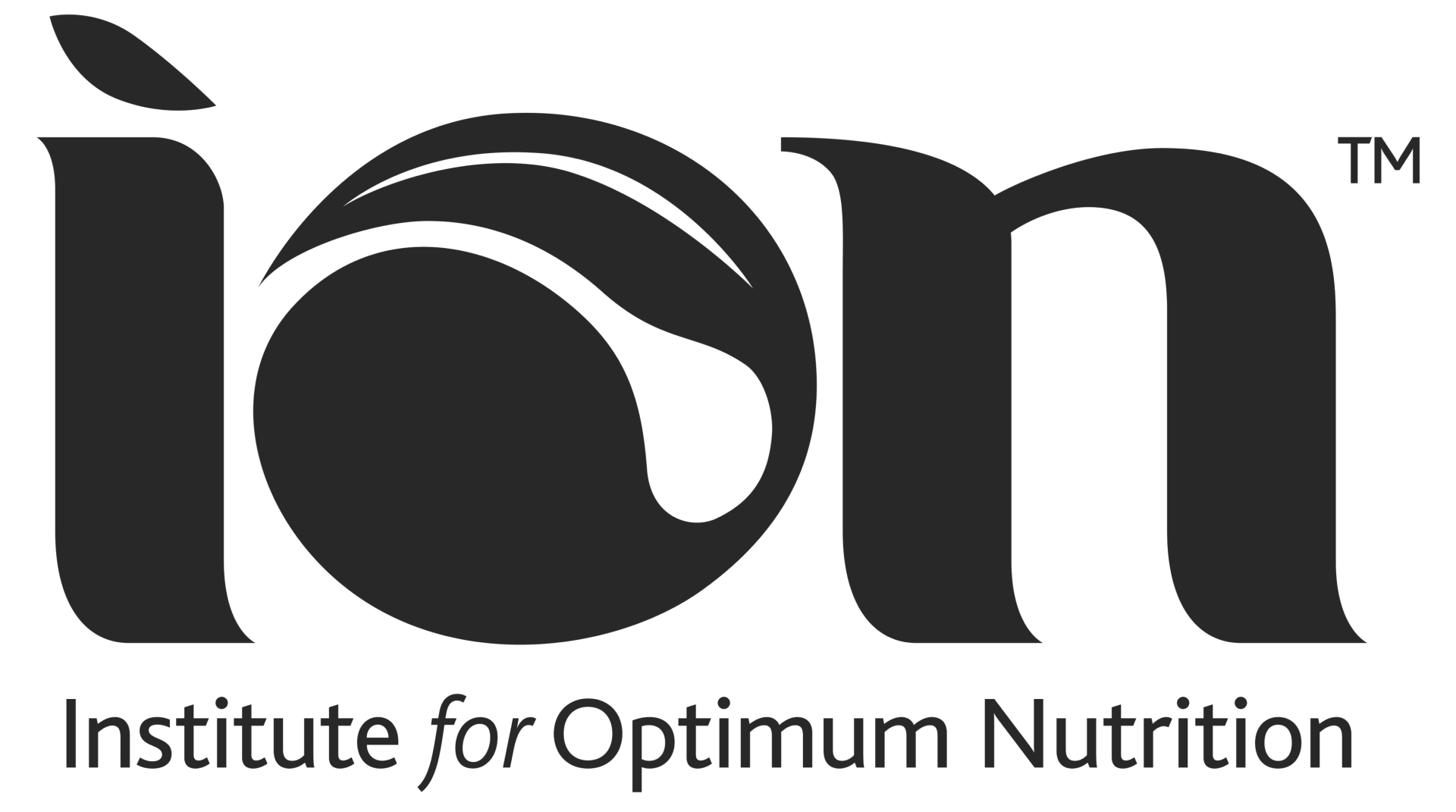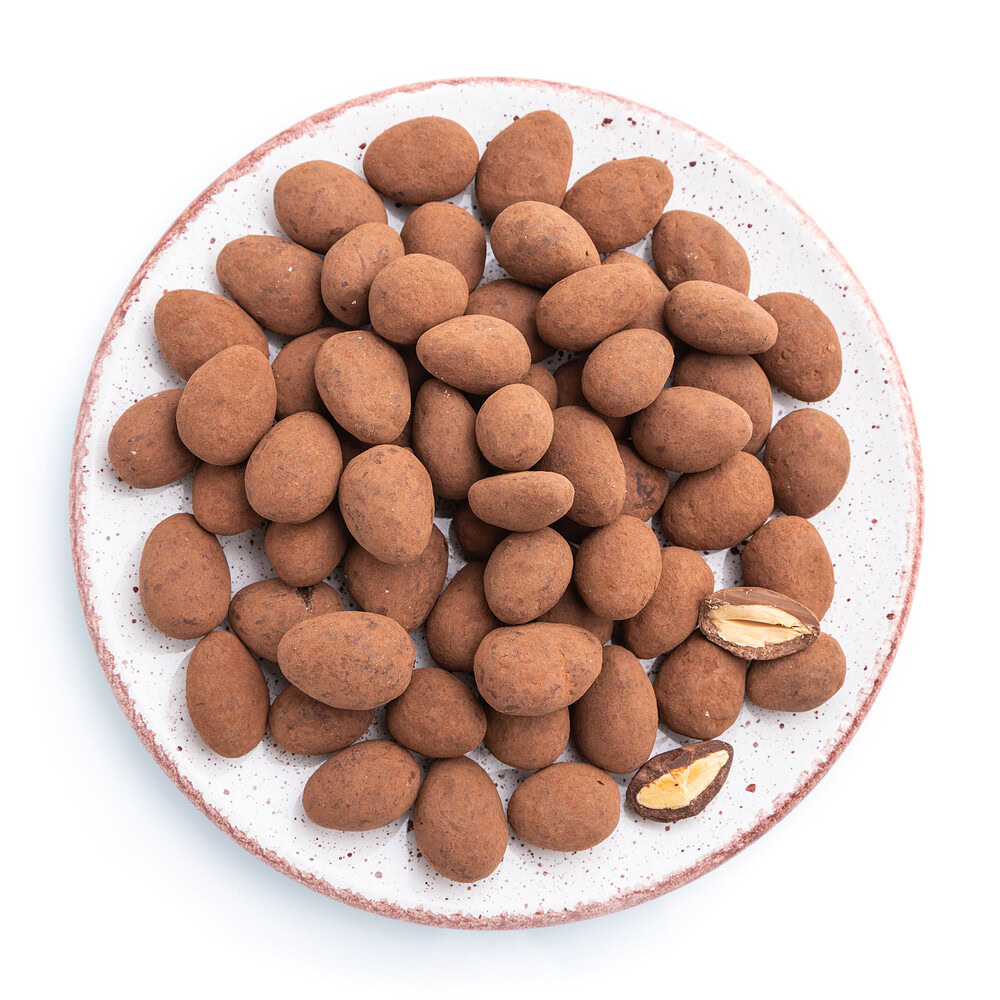Nutrition
Many women with endometriosis rely heavily upon large numbers of anti-inflammatories to help manage their pain each month.
Belinda Blake, a registered nutritional therapist who studied at ION, explains that these anti-inflammatories, such as ibuprofen, work by blocking an enzyme known as cyclo-oxygenase (COX 2) and the production of pro-inflammatory mediators.
“Unfortunately, anti-inflammatories also block another enzyme called COX 1,” says Blake. “This has been associated with gastric damage, which has its own unpleasant side effects.”
She says that many foods contain natural ‘COX inhibitors’ and these may be more selective, blocking only the COX 2 enzymes.
“There is much research to demonstrate that polyphenols [compounds] in food actively inhibit COX enzymes, as well as other pro-inflammatory mediators. Colour is key!”
Ginger and turmeric
“The gingerols [polyphenols] in ginger and curcumin in turmeric have both been shown to help aid pain relief,” says Blake. “In fact, one study published in 2018 showed ginger to be as effective as an NSAID.”
“Both spices are also bitters and therefore help to support liver clearance of toxins and hormones and aid the absorption of fats and fat-soluble vitamins,” she adds.
The spices can be made into a fresh tea or enjoyed in a turmeric latte. Blake also suggests a fresh ‘sunshine super-shot’ juice.
Sunshine Super-Shot
Makes 2-4 small servings
Ingredients
- 1-2 whole lemons, unwaxed and cut into quarters
- 2-4cm piece ginger root, peeled
- 2-4cm piece of turmeric, peeled
- 1 pineapple, peeled and chopped
- Drizzle of extra virgin olive oil (to aid absorption of curcumin)
Method
Put all the ingredients through a juicer and enjoy a small shot every 1-2 hours, or when needed.
Red raspberries
Raspberry leaves, says Blake, contain fragarine, a collective name for plant compounds which are thought to act as a “uterine tonic”, helping to regulate uterine contractions and easing period cramps.
She suggests raspberry and ginger jellies, made using a combination of raspberry leaf tea and fresh raspberries. “The ginger not only acts as an anti-inflammatory but may also help ease the nausea that some women experience alongside the pain,” she says. “The soluble fibre provided by the agar flakes is also very gentle and soothing in a sensitive gut.”
Raspberry and Ginger Jellies
Makes 5-6 small jellies
Ingredients
- 2 cups of raspberries or other berries (fresh or defrosted frozen berries both work well)
- 1 cup strong raspberry leaf tea (use two teabags)
- 2cm piece of ginger root, grated
- Agar flakes
Method
1. Place the raspberries, raspberry leaf tea and grated ginger into a liquidiser and whizz until smooth.
2. Press the puree through a sieve to remove the seeds, then pour the liquid into a small saucepan.
3. Taste the mixture and add a little xylitol or Sweet Freedom if required.
4. Sprinkle on the agar flakes (for every cup (250ml) of liquid you will need 1 rounded tablespoon of agar flakes).
5. Gently heat the liquid to a simmer, without stirring, then continue to simmer for 3-5 minutes, stirring occasionally, until the flakes have dissolved. Do not let the liquid boil. Pour the jelly into ramakins or glasses and leave to cool (they will set as they cool). Pop into the fridge until required.
Chocolate
Pain can be exhausting. During the time around menstruation, we (quite understandably) look for comfort.
“This is the time when a little good quality dark chocolate is completely warranted in my opinion,” says Blake.
Dark chocolate contains anti-inflammatory polyphenols; anandamide (a cannabinoid that hooks up to receptors in the brain, increasing mood); and phenylethylamine, a neurotransmitter which stimulates the brain’s pleasure centres and may help to reduce pain.
The simple recipe below takes minutes to make and uses whole almonds to provide additional magnesium, which may help to relax muscles and ease cramps. Make a large batch and keep some in the freezer for that time of the month.
Chocolate almonds
Makes 1 batch
Ingredients
- 150g organic dark chocolate
- 100g-200g whole almonds (shelled)
Method
1. Melt 1 bar of organic dark chocolate in a bowl over hot water.
2. Add between 100-200g almonds (depending on how chocolatey you like them) to the melted chocolate and stir until all are covered.
3. Cover a tray/plate with grease-proof paper and carefully lay the almonds out onto the paper. Place in the fridge and leave for at least 1 hour to set.
If you enjoyed this article, you might also like reading about managing endometriosis using nutritional therapy. Or why not subscribe to our free digital magazine for quarterly research updates, features, recipes and more?




